
Photo: Thanh Hien
-What do you think about the US decision to impose a 46% tax on imported goods from Vietnam?
-Regarding the tax policy just announced by the US government, up to this moment, we do not have full information on which items will be subject to what percentage tax.
It can be understood that the 46% tax rate is the highest tax threshold applied to goods, but it does not mean that all goods are subject to the 46% tax rate. Therefore, it is necessary to continue to monitor in the next few days to see what the specific policy is for textiles and garments.
- In your opinion, how will this decision affect the textile and garment industry's exports to the US market?
-What we are most concerned about is the difference in the level of tax increases between Vietnam and other competing countries, not just the absolute number of tax increases in Vietnam alone.
For example, in the tax list announced by the US, Vietnam must pay a rate of 46%, which means that from the current tax rate of 18% on textiles, it will increase by about 28%.
But on the contrary, there are countries that see a lower tax rate than Vietnam, but their current starting point is that they are poor countries enjoying a GSP tax rate of 0, but in reality their tax rate is much larger than Vietnam's, even increasing to 30 - 36%.
Thus, the extent of the impact on order shifting depends on the difference in tax rate increases between countries.
Here, the countries with large textile production equivalent to Vietnam are Bangladesh, India, Indonesia, Cambodia, Myanmar... The level of tax change will affect the balance of international trade flows in textiles, production locations, and ordering locations. Therefore, we cannot immediately conclude the level of impact of this.
There is only one point that can be immediately assessed: with the increased tax rate, there is a possibility that consumer and buyer psychology will have a certain slowdown.
And there is a possibility that in the short term, aggregate demand will decrease, and retail prices may increase, causing orders to be lower than expected. As for the forecast of supply chain flow shifts, at this point there is not enough information to assess.
-What can Vietnamese textile and garment exporting enterprises do to adapt to this tax rate, sir?
- We also understand that the US tax policy in the first quarter was a flexible tax policy with bilateral negotiations.
We also hope that with all the goodwill of the Vietnamese Government in negotiating to narrow the trade gap between the two countries, we can achieve better results.
Businesses should calmly and proactively prepare for situations, but should not be too panicked or worried.
We do not have enough information to analyze the level of impact, and we are also completely assured that not only Vietnam has increased taxes, but all countries have increased taxes. In particular, countries that produce textiles have quite high tax increases, this is also a basis for us to not worry too much about the process of shifting trade flows.
- Could you tell us what solutions the textile industry will have to respond and adapt to this problem?
- Vietnam's textile and garment export turnover to the US in 2024 will reach about 16.2 billion USD, the third largest export item to the US.
In this general policy, we need to clearly analyze the groups of countries that the US tends to impose high taxes on, and try to find different sources of supply to increasingly prove Vietnam's origin value.
To have a basis for negotiating with the US to reduce the trade deficit, we should increase the purchase of products that the US can produce, such as increasing the rate of cotton purchases from the US... This will be evidence that will help us have a better position when negotiating tariffs between the two countries.
In the world, the US has always been the biggest market, so we cannot say that changing the US market with other markets.
That is also the reason why the whole world has to wait and worry about the US tariff policies. This is an irreplaceable market, because even if the proportion is reduced, if we cannot maintain a certain scale, we will really face difficulties.
We believe that, with the internal strength and competitiveness of the Vietnamese textile industry, with the initial tariff levels between countries, although very high and shocking, the gap between Vietnam and other countries will not be too far and we will not lose our relative competitive advantage in the textile industry.
We hope that even if global demand declines, we will not achieve the high growth rate as in the first quarter, but falling into a deep recession is unlikely.
Thank you very much.
Source: https://hanoimoi.vn/thue-doi-ung-46-tu-my-doanh-nghiep-det-may-viet-nam-binh-tinh-chu-dong-tim-giai-phap-697892.html


![[Photo] Prime Minister Pham Minh Chinh chairs meeting to review preparations for trade negotiations with the United States](https://vphoto.vietnam.vn/thumb/1200x675/vietnam/resource/IMAGE/2025/5/6/1edc3a9bab5e48db95318758f019b99b)

![[Photo] Sparkling lanterns to celebrate Vesak 2025](https://vphoto.vietnam.vn/thumb/1200x675/vietnam/resource/IMAGE/2025/5/7/a6c8ff3bef964a2f90c6fab80ae197c3)



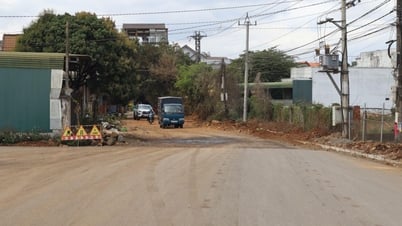


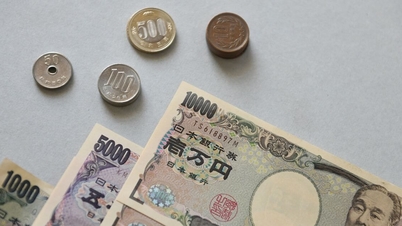










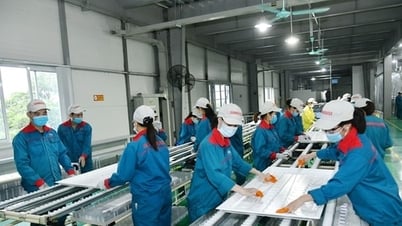

![[Photo] Prime Minister Pham Minh Chinh receives Mr. Tomas Heidar, Chief Justice of the International Tribunal for the Law of the Sea (ITLOS)](https://vphoto.vietnam.vn/thumb/1200x675/vietnam/resource/IMAGE/2025/5/6/58ba7a6773444e17bd987187397e4a1b)























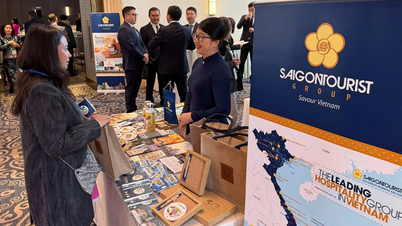













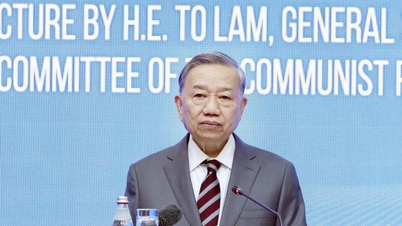
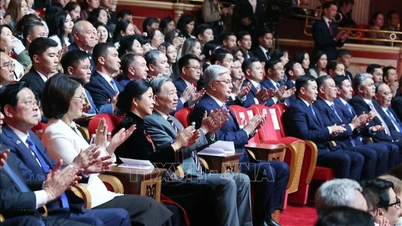






















Comment (0)